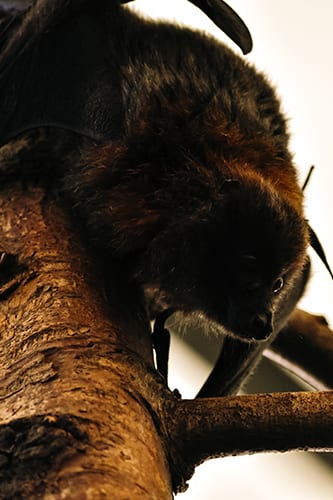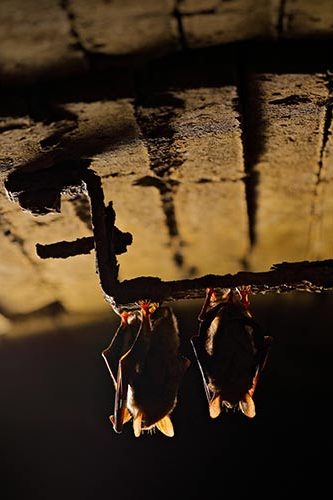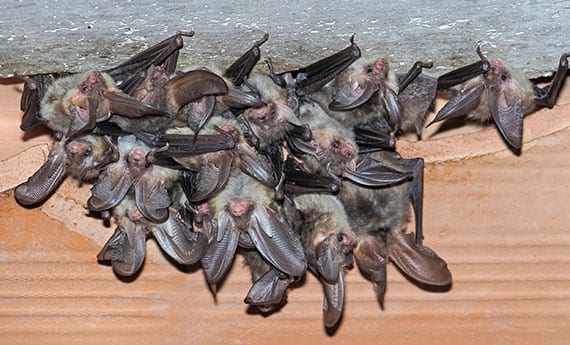Trees most likely to serve as bat roosts should be identified by a bat specialist from a walk-through of the route, from aerial photography or from a tree survey report.
In trees it is difficult to have confidence that roosts are absent even when no bats are found thus precautionary measures may be required when carrying out tree felling and pruning.
If bats or a bat roost is present, then the NPWS must be contacted and a derogation licence received before the commencement of felling.
Survey should be carried out by a suitably qualified bat specialist and should include a visual inspection of the tree during daylight hours followed by a night time detector survey.
Such an inspection confirms the status of the tree only at the time of inspection and where there is a delay of one day or greater the tree must be re-assessed.
Where bats are still present within an identified roost (that is neither a breeding nor a hibernation roost) following repeated postponement of felling, it will be necessary to undertake exclusion procedures.
These will allow bats to exit from a tree but not to return. The exact method used will depend on prevailing conditions.
The bat specialist will advise on the steps necessary for exclusion and the likely time period required. This exclusion process must be done under licence from the NPWS.



Preliminary Ground Level Roost Assessment. This involves an ecologist ranking the potential of trees (can be completed from Nov to March
At height full prf survey. Conducted with our in-house arborist.


For moderate to high potential PRFs a presence / absence survey is required.
Impact Assessment, mitigation, derogation licence and removal of roost

WE CAN HELP
SEND US A MESSAGE
CONTACT INFORMATION
Get in touch with your project details or Book a ZOOM call to chat directly with one of our Ecology Experts…

